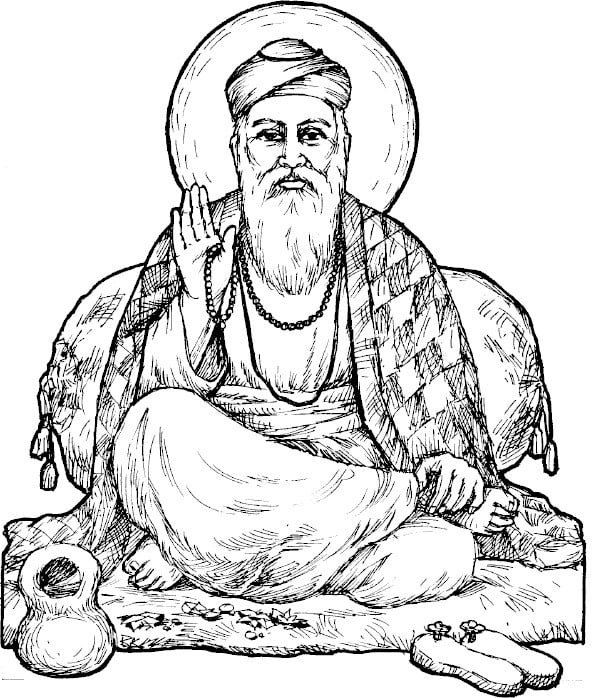Every Indian is proud of his cultural heritage which is the richest in the entire world. We represent one of the oldest civilisations of the world. Our cultural tradition has smooth blending of art, religions and philosophy of life. It is the outcome of the continuous interaction, combination and absorption of several external influences that came its way in its long history. From the ancient past Indians were exposed to unbroken chain of thoughts, religions and civilisation. It survived all the invasions with its flexibility, be it cultural or physical. Indian culture did not lose its originality and traditional character. The exposure to alien influences only enriched it inwardly.
Indians never wasted time in finding faults in alien civilisations but tried to find out the good points and positives they contained. Being fatalists in thought and tolerant by nature, absorbed the positives and novel ideas. This process gave it a unique character. Instead of becoming a stagnant pool of dead thoughts Indian culture kept evolving.
It did not die like Pharaoh culture of Egypt. It generated new ideas, philosophies and religions. Instead of dying, it spread into China, Cambodia, Japan, Indonesia and other south-east lands to become a part of the local cultures as Ramayana and Mahabharata chapters. Lord Buddha taught us non-violence, compassion and mercy. Our sages delved on human issues 3,000 years before others did. Jainism gave the message of total non-violence and self-abnegation. Sikhism gave us the courage to fight injustice even by the dint of sword. The evolution went on and goes on and our culture carries on.

Religious beliefs and cultural trends have influenced our arts. The caves of Ajanta, Ellora, Khajuraho and the temples of south are examples of the excellence achieved by our sculptors and artists. The same art went to Angkor Vat (Cambodia) and dramatic versions appeared in Thailand and Indonesia. Indian classical music is remarkable in its continuity of growth and innovations. It is based on moods, sentiments and times of the day and night. The music is complemented by dances built on ‘ragas’ and talas. The classical dance, music and drama are the expression of joy and beauty of our culture. Folk dances have their own natural rhythms and flavours. The spiritual knowledge is the soul of our ancient culture which seeks the conscious identity of God. It is a relentless search for the ultimate truth, the meaning and purpose of our existence.

Lately, our people have been keenly promoting the sense of identity and cultural unity. Since independence it has been our attempt to identify the common threads that bind us together to maintain our national integration and to foster greater affinity. Our music, dance, folk arts, legends, festivals, foods and traditions need to be nursed on. We should not surrender our soul to the modern rootless materialistic way of life and thinking. We must protect our cultural and spiritual values to stay bonded together as a nation, worthy heir to ancient wisdom.
We must always be conscious of our rich cultural heritage. It is our priceless asset, the essence of the wisdom of our forefathers, seers, sages and thinkers. It is the golden thread that runs through the fabric of our national life that creates a wonderful tapestry of unity in diversity. To some extent British should be given credit for preserving our cultural heritage.
The early English arrivals connected to East India Company took a deep interest in our ancient native culture based on the spiritual philosophy. Its unique nature attracted their intellectual curiosity. So impressed were they that they decided to leave it undisturbed and allow it to continue to evolve. They did not interfere with the lives of the people, customs and traditions. It was at a later stage that some Indian reformists stepped in to force some much needed social reforms and got modern English education introduced in India.
Today situations are different but we need our cultural anchorage more than ever. The world is turning into a global village. We are exposed to international influences. The satellite invasion is putting great pressure on our traditional life-style and mindset. Sectionist forces are posing danger internally. Instead of getting swept away by foreign influences we must protect our culture for the good of humanity. Because, our values of assimilation, absorption, accommodation and incorporation, can help humanity live together in peace and in the spirit of co-existence and understanding.

